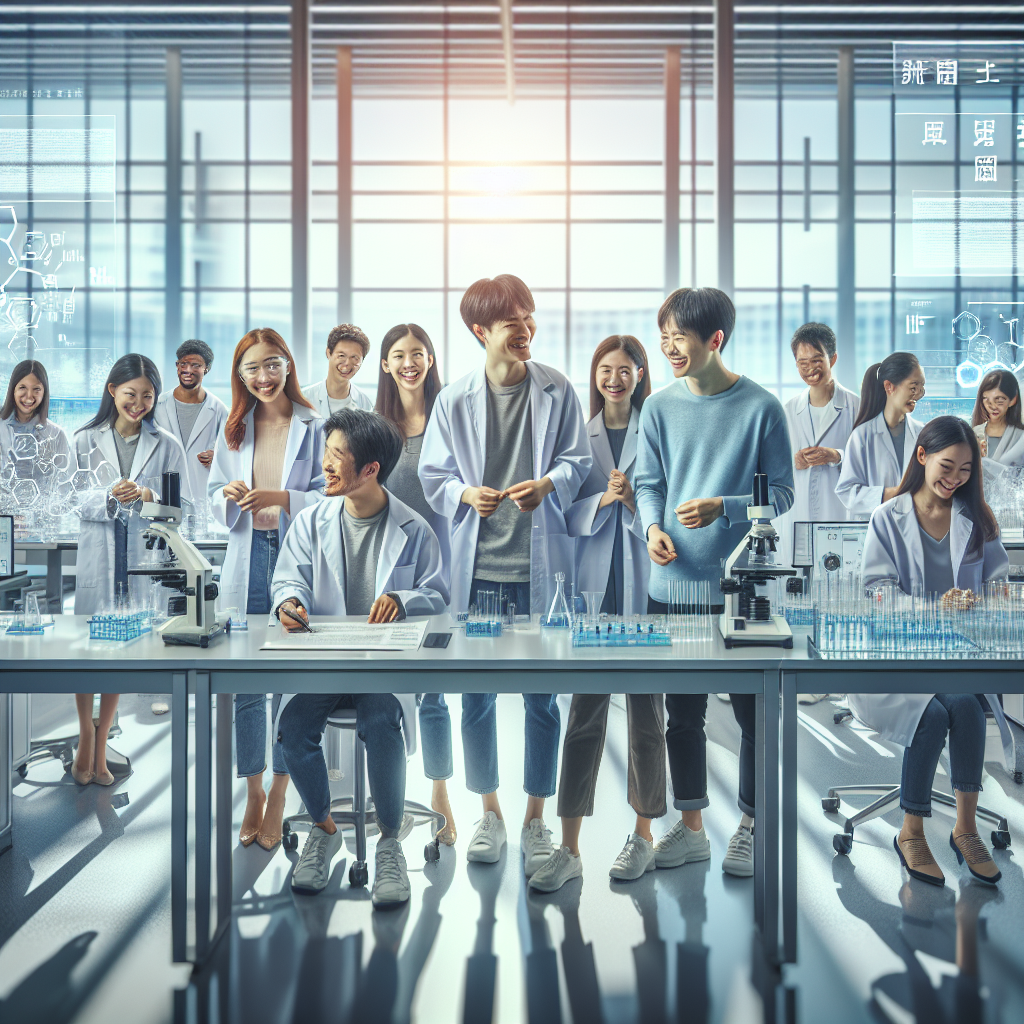
Dynamic Science Collaborations: A Deep Dive into China’s Research Environment
Young international scientists have consistently praised China’s research environment for being highly dynamic and collaborative. From innovation to applied research, China fosters a productive and competitive scientific atmosphere. This is particularly exemplified by the story of Yin Min Htwe, a former civil servant from Myanmar who has thrived in her academic pursuits in China.
A New Chapter in Science
In 2016, Yin Min Htwe embarked on an academic journey at the Coconut Research Institute of the Chinese Academy of Tropical Agricultural Sciences (CRICATAS) in Sanya, a coastal city in Hainan, China. Her transition from Myanmar to China marked a new chapter in her life, facilitating her growth in the field of biotechnology.
Choosing to conduct research in China as a visiting scholar offered her access to a robust scientific environment. Yin quickly integrated, displaying exceptional diligence and efficiency, which her supervisor, Professor Wang Yong, highlighted as crucial qualities in turning research ideas into results.
Pushing Boundaries: A Journey of Growth
Excelling in her position, Yin made the decision to continue her work full-time in China, drawn by the country’s emphasis on gene mining and data analysis in palm crop research. “The research environment in China is highly dynamic and collaborative with a strong emphasis on innovation and applied research,” Yin shared.
- Secured a full-time position at CRICATAS.
- Named Class E talent by the Sanya Yazhou Bay Science and Technology City.
- Recipient of the 2024 Fund for Less Developed Regions within the National Natural Science Foundation of China.
Over her tenure, Yin published nine SCI papers, attributing these successes to her strong support network. “I am fortunate to have strong support from my supervisor and team members,” she expressed.
A Supportive ‘Family’ in China
Beyond her professional achievements, Yin has found a welcoming community in China. Arriving in Hainan in March 2017, she was supported in mastering lab techniques and the local culture. Her contributions were mutual, as she helped improve her colleagues’ English proficiency.
- Began learning Chinese in 2019.
- Aims to understand Chinese culture and history better.
Yin’s story underscores the cultural exchange that enhances scientific collaboration across boundaries.
Future Prospects: China and Myanmar’s Science Cooperation
The cooperation between China and Myanmar continues to hold great promise. Under the framework of Intergovernmental International Cooperation on Science and Technology Innovation 2025, the Ministry of Science and Technology (MOST) in China has initiated projects aimed at fostering bilateral scientific progress.
- Ten programs for China-Myanmar intergovernmental joint research project with a total fund of 15 million RMB.
- Research domains include agriculture, climate change, AI, and more.
Since establishing an intergovernmental cooperation mechanism in 2018, the priority areas have expanded, with a focus on diverse fields like agriculture, traditional medicine, and environmental protection.
Conclusion: Bridging Cultures Through Science
Yin’s experiences in Myanmar and China highlight the power of scientific collaboration to foster meaningful connections and shared knowledge. The synergy between China and Myanmar exemplifies a growing global trend toward interconnected scientific cooperation, with vast potential for future advancements.
This narrative illustrates the impact of international engagement in the scientific community, offering insights and inspiration for other young scientists worldwide. As Yin continues to bridge scientific perspectives, she embodies the transformative power of cross-cultural collaboration.
Source: https://www.prnewswire.com/news-releases/science-and-technology-young-international-scientists-say-chinas-research-environment-highly-dynamic-collaborative-302325366.html


I don’t think the title of your article matches the content lol. Just kidding, mainly because I had some doubts after reading the article.